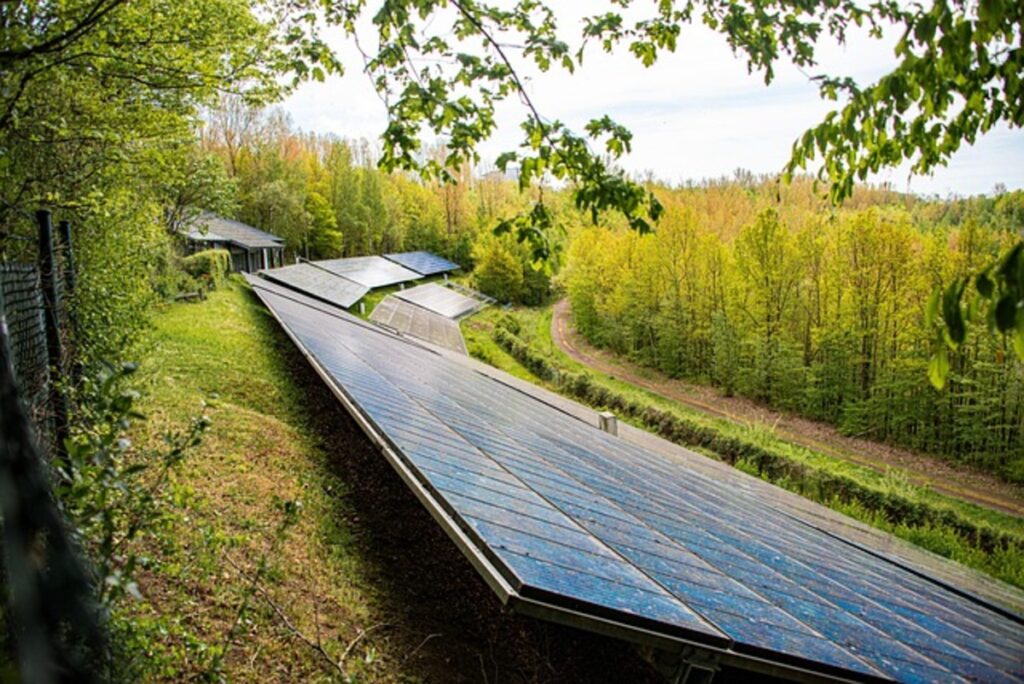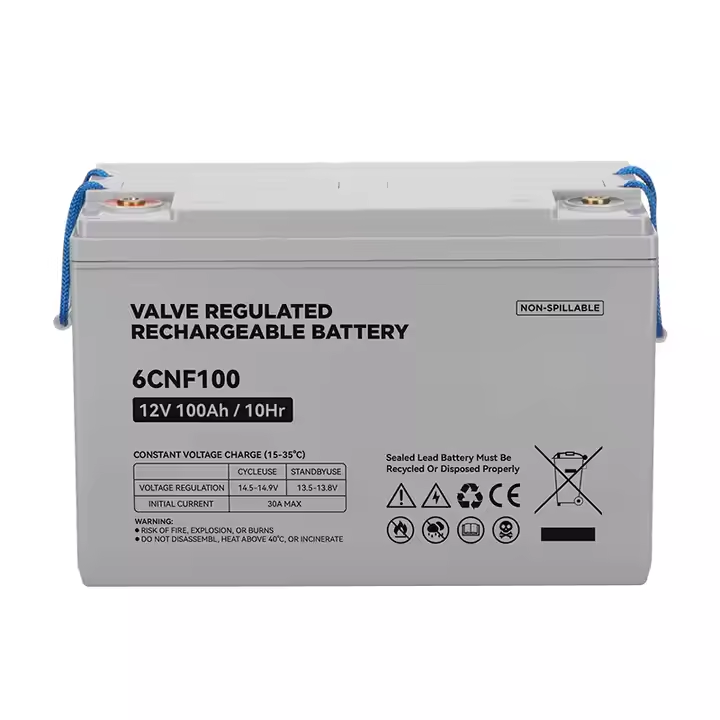I. Site Assessment & Energy Audit
A. Whole‑Home Energy Audit
Before adding solar panels, perform a full energy audit to identify where and how your home consumes the most power. Review recent utility bills to determine peak usage times and seasonal variations. Then, tackle inefficiencies: swap incandescent bulbs for LEDs, seal air leaks around doors and windows, and install a programmable thermostat. These measures alone can shrink your energy load by 10–30%, allowing you to size a smaller—and less expensive—solar array that meets your genuine needs.
B. Solar Resource Evaluation
Next, quantify the solar resource available at your site. Use online tools or local solar maps to estimate average daily irradiance (kWh/m²). Take note of seasonal shifts—winter clouds or summer haze—and model your expected annual output accordingly. Incorporate shading analysis from trees, chimneys, or nearby buildings to adjust panel placement and tilt for maximum year‑round exposure.
II. System Design & Component Selection
A. Panel Orientation & Tilt
For fixed arrays, point panels toward true south (in the Northern Hemisphere) or true north (in the Southern Hemisphere). Set your tilt angle within five degrees of your latitude to capture roughly 98% of potential sunlight over the year. On rooftops with multiple orientations, consider dividing the array or using adjustable mounts to optimize production across different roof pitches.
B. Module‑Level Power Electronics
Shading and mismatched panel orientations can drag down a whole string’s output. Mitigate this by adding module‑level power electronics: microinverters or DC optimizers. They allow each panel to track its own maximum power point, recovering up to 20–25% more energy in partially shaded or complex arrays compared to a single string inverter.
C. Inverter & Charge Controller Sizing
Match your inverter’s AC output to the DC rating of your solar panels at a ratio of roughly 1.1 to 1.3. This “oversizing” ensures the inverter operates near peak efficiency without clipping valuable midday energy. For battery‑coupled systems, select an MPPT charge controller that dynamically tracks panel output, squeezing out every available watt even in colder or overcast conditions.
D. Battery Storage Considerations
When adding storage, size your battery bank to cover critical loads during outages or to maximize time‑of‑use savings. Use software modeling to balance capital cost against expected bill reductions. Implement smart dispatch algorithms so batteries charge during solar peak and discharge when grid rates spike—ensuring you never pay full retail for your own generated power.
III. Installation Best Practices
A. Professional Site Survey & Shading Analysis
Bring in a certified solar installer to conduct a 3D shade study. This process maps the sun’s path across seasons, highlighting transient shading sources like moving trees or neighboring structures. Trim or remove obstructions where possible, and place panels in the sunniest locations to prevent 10–15% annual losses.
B. Quality of Workmanship
Adherence to electrical codes and manufacturer specifications is critical. Use the correct wire gauge to minimize voltage drop, and tighten all connections to torque specs to prevent overheating. Stainless‑steel hardware and proper grounding protect against corrosion and electrical faults, ensuring your system runs safely for decades.
C. Commissioning & Performance Testing
At startup, verify each string’s open‑circuit voltage (Voc) and maximum power point voltage (Vmp) under real sky conditions. Record baseline energy production and key metrics—such as daily kWh and inverter efficiency—to compare against future performance and quickly detect any degradation or faults.
IV. Operation & Maintenance (O&M)
A. Routine Cleaning & Inspection
In dry or dusty climates, schedule panel cleanings at least once or twice a year. Removing debris, pollen, and bird droppings can restore up to 20% of lost output. During inspection, look for cracked glass, delamination, or water ingress that could compromise long‑term performance.
B. Performance Monitoring
Leverage your inverter’s built‑in monitoring or third‑party platforms to track real‑time data: string voltages, output kWh, and system uptime. Set alerts for sudden dips in production, which often signal shading, soiling, or equipment malfunctions that you can address promptly.
C. Preventive Maintenance & Repairs
Follow a preventive schedule: annual thermal imaging scans to find hotspots, torque checks on all electrical connections, and firmware updates for inverters and controllers. Swift replacement of underperforming modules or electronics prevents cascading losses and maximizes your energy harvest.
V. Performance Optimization & Advanced Strategies
A. Array Re‑optimization
As panels age (typically losing 0.5% efficiency per year), revisit your DC/AC ratio and consider adding a few new panels or upgrading your inverter to reclaim lost capacity. Run simulations under updated tariffs to rebalance your solar + storage system for today’s electricity rates.
B. Smart Load Management
Integrate a home energy management system that shifts flexible loads—like EV charging, pool pumps, and water heating—into high‑production periods. Automation can boost your self‑consumption rate from 30% to over 60%, slashing grid purchases and maximizing solar ROI.
C. Envelope & HVAC Integration
Tie solar output data to smart thermostats, pre‑cooling or pre‑heating your home when excess energy is available. Combined with upgraded insulation and efficient HVAC systems, this approach can lower your heating and cooling loads by up to 20%, further reducing your solar system size and cost.
VI. Continuous Improvement & Future Innovations
A. Data Analytics & Machine Learning
Emerging AI‑driven O&M platforms use real‑time data to detect anomalies—such as subtle voltage fluctuations—long before they cause significant output loss. Predictive maintenance powered by machine learning helps you schedule repairs precisely when needed, minimizing unplanned downtime.
B. Emerging Technologies
Keep an eye on next‑generation hardware: bifacial panels that capture reflected light from the ground, single‑axis trackers that follow the sun for up to 25% more yield, and advanced anti‑reflective coatings that boost performance in low‑angle light.
C. Policy & Incentive Updates
Solar economics shift with changing net‑metering rules, tax credits, and rebate programs. Stay informed on local and federal incentives to plan expansions or repowering projects that qualify for new benefits, potentially accelerating your payback by months.
Conclusion
Optimizing your solar home use system is a continuous journey—from auditing your energy consumption and site conditions, to deploying the right hardware, to rigorous maintenance and cutting‑edge analytics. By embracing these essential tips, you’ll achieve higher energy yields, longer equipment life, and greater financial returns—all while contributing to a cleaner, more resilient energy future.




